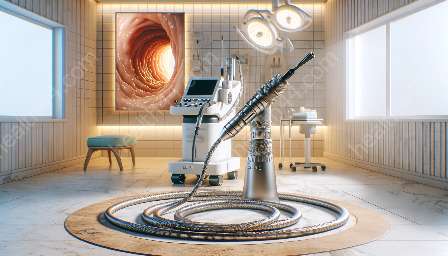Introduction to Endoscopic Retrieval Devices
Endoscopic retrieval devices play a crucial role in modern healthcare, allowing for the safe and efficient retrieval of foreign bodies, tissue samples, and other objects from the body's internal organs and cavities. These devices are designed to work in tandem with endoscopes, enabling medical professionals to perform minimally invasive procedures with greater precision and accuracy.
Key Features and Components
Endoscopic retrieval devices are equipped with specialized features and components that make them compatible with endoscopes and other medical equipment. These include flexible shafts, ergonomic handles, and a variety of retrieval baskets, snares, forceps, and grasping tools that can be easily manipulated within the body to retrieve objects of varying sizes and textures.
Compatibility with Endoscopes
Endoscopic retrieval devices are designed to seamlessly integrate with endoscopes, which are essential tools for visualizing and accessing the body's internal structures. These devices are available in a range of sizes and configurations, allowing for compatibility with various types of endoscopes, including gastrointestinal, urological, and respiratory endoscopes.
Applications and Benefits
Endoscopic retrieval devices are utilized in a wide range of medical procedures, including gastrointestinal endoscopy, colonoscopy, bronchoscopy, and cystoscopy. Their precision and maneuverability make them invaluable for retrieving foreign bodies, biopsy samples, and polyps, as well as for performing therapeutic interventions such as foreign body removal, stone extraction, and tissue resection.
These devices offer numerous benefits, such as reducing the need for open surgery, minimizing patient discomfort, and accelerating recovery times. Additionally, they contribute to the overall cost-effectiveness of healthcare by reducing hospitalization and recovery periods.
Latest Innovations and Developments
The field of endoscopic retrieval devices is continuously evolving, with ongoing research and development leading to the introduction of innovative technologies and improved device designs. These advancements aim to enhance retrieval efficiency, reduce procedural time, and minimize the risk of complications, ultimately improving patient outcomes and satisfaction.


